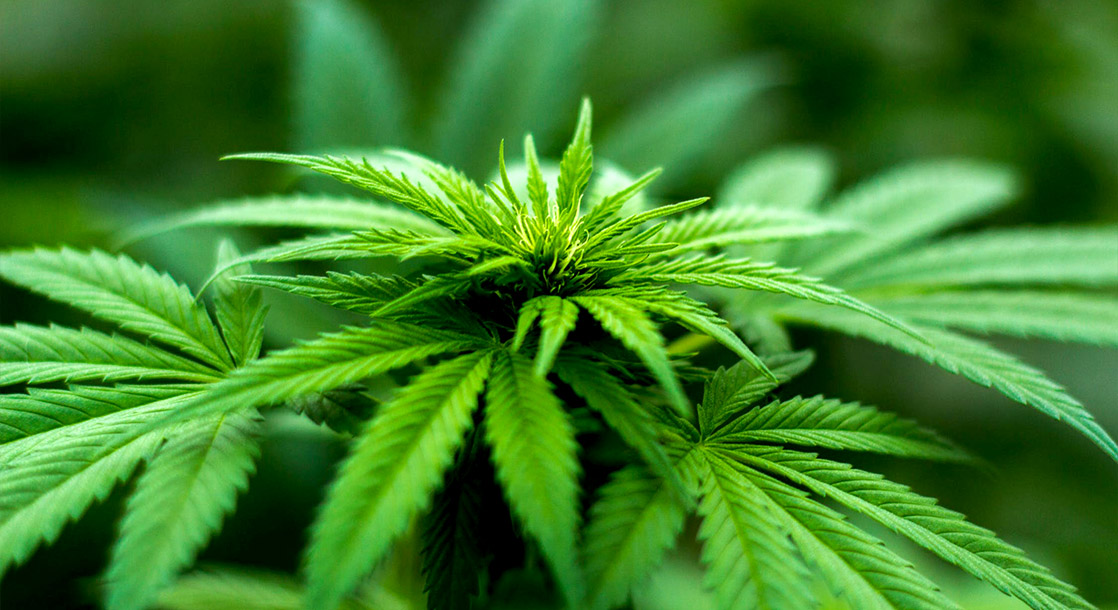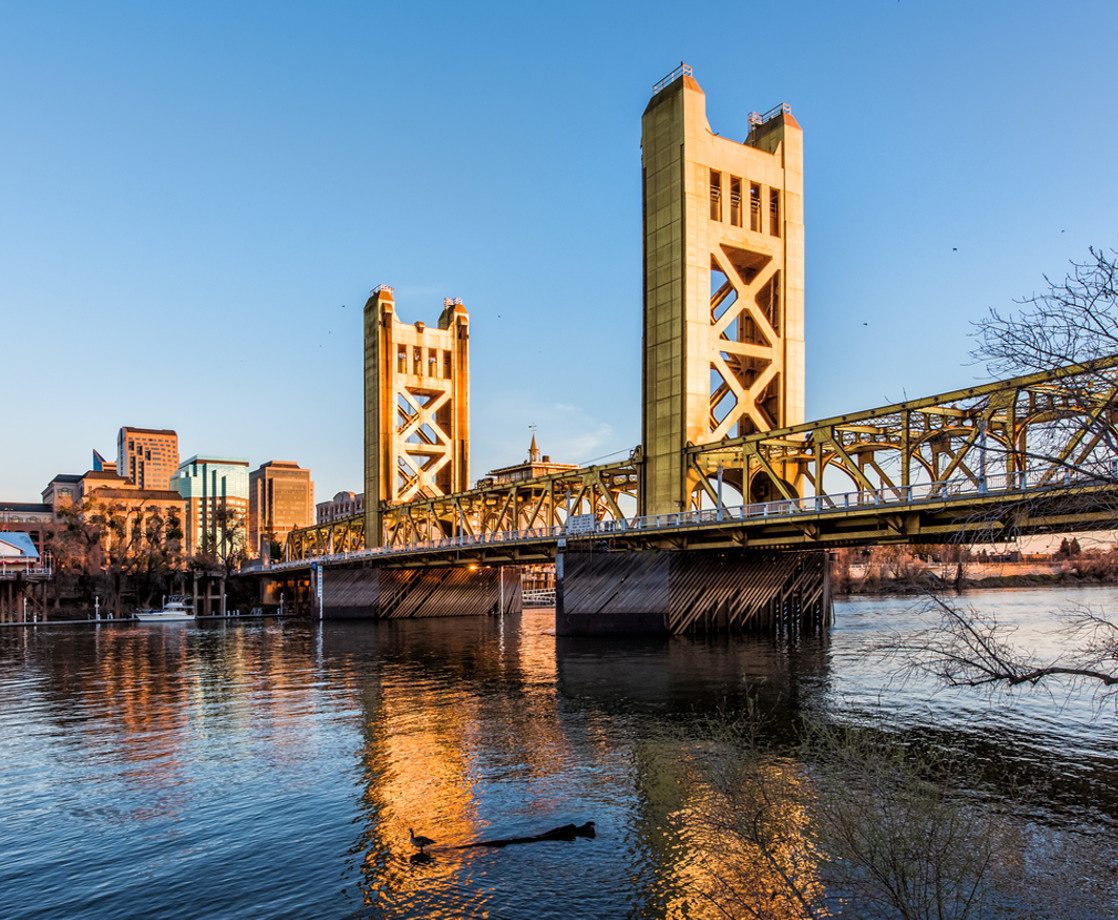Cover image via
A ton of weed is being trafficked across the border, but this time, it’s coming from the north.
Seven times more cannabis has been seized coming into the US at the Michigan-Canada border so far in 2021 than in the entirety of 2018, according to Homeland Security data reported by a local news site. That news might seem bizarre alongside current headlines of soaring profits for cannabis agriculture in the state—but has much to do with the United States’ piecemeal approach to marijuana regulation.
“Cannabis crop more valuable than hay and apples combined in Michigan,” trumpets a headline from this week in Michigan publication Midland Daily News, citing information from Leafly’s newly-released Cannabis Harvest Report that analyzes the country’s $6.175 billion cannabis agriculture industry. According to that investigation, Michigan currently produces 189 metric tons of weed, making it the third most profitable crop after corn and soybeans.
But not all its neighbors have joined the green team. Michigan’s neighboring Ohio has yet to legalize recreational cannabis, and adjacent states Wisconsin and Indiana have no forms of regulated cannabis at all. That lag in regulation leaves the door open to unlicensed sales — precisely the gap that smugglers look to fill.
“Logic would suggest that not all, if any, of those drugs are destined for the state of Michigan,” commented DEA Detroit field division spokesperson Brian McNeal.
Of course, illegal sales in these states are nothing new — what’s different is the geographic source of the unlicensed weed coming in. US government reports show that the flow of cannabis coming north over the Mexican border has slowed to a trickle, with seizures having fallen by 80 percent over the last eight years. That change, authorities say, has much to do with the increased availability of cannabis — licensed and not — in the US.
Meanwhile, Canada’s 2018 federal cannabis legalization has made it much easier and cheaper in many cases to produce cannabis in the country. In turn, that has meant an increase in illicit shipments made to US states that have yet to enact cannabis legalization.
“When marijuana became legal in Canada … it took about 18 months before we started seeing large commercial loads come through the border,” said Homeland Security investigations assistant special agent Matthew Stentz, who is based in Detroit. “What’s interesting: 15 to 20 years ago, a large marijuana load from the border would have been 45 to 50 keys (kilograms). Now you’ve seen from the press releases you’re seeing 1,500 keys (kilograms).”
The Michigan Live report highlighted a pair of cases in which cannabis was smuggled into the country by way of Detroit. In one, a Canadian man attached 265 pounds of weed to a personal submarine vehicle. In another, a 50-year-old Canadian nurse brought over 154 pounds in April of 2020, when her health credentials made her one of few individuals authorized to cross the border in the early days of the COVID-19 pandemic.
At the end of the days, authorities may have to accept that as long as there are places that have yet to make regulated cannabis available, international trafficking of the drug will continue to be a fact.
An observation made by Stentz underlines the closeness of varying cannabis systems: “It’s fascinating that you can sit there and you look into parts of rural Ontario from Michigan, you can look across the water, whether it’s Lake St. Clair or the Detroit River, you can see in the middle of the night the glow of these greenhouses that are basically just mass producing this stuff on a daily basis.”
Follow Caitlin on Instagram











